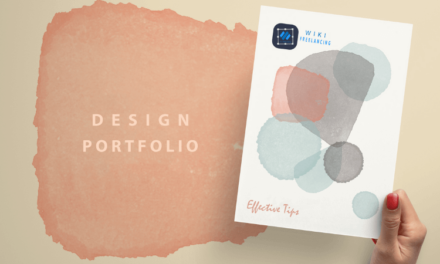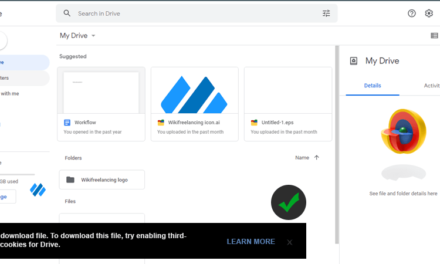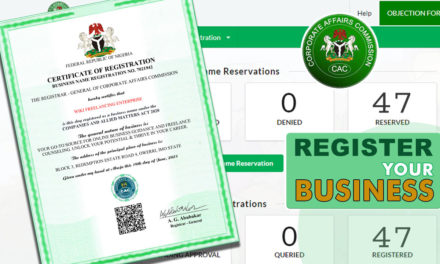After months of dedicated research and writing, you want your book to make a lasting impression on reviewers and readers. While a well-written book and professional book design are crucial in achieving this goal, as it showcases the quality and value of your work, there’s more.
It’s essential to recognize the mistakes that could detract from the overall quality of your book when self-publishing. Even though self-publishing offers a variety of opportunities previously provided by professionals, it’s crucial to avoid the mistakes that could hinder your efforts. In the excitement of self-publishing, the details of your book, format, and editing can often be overlooked.
This Wikifreelancing guide will expose you to the top 15 self-publishing tips for beginner and Advanced Authors to seduce your readers and make it easy for them to give an excellent review and come back to buy more of your stuff.
15 Self-publishing Tips for Beginner and Advanced Authors
- Formatting – Proper formatting is essential for a professional-looking book. Ensure that your manuscript has consistent margins, font size and spacing, and choose a font that is easy to read. See Amazon’s Specifications.
- Editing – No matter how good your writing is, you should always have it professionally edited. This will improve the clarity, flow and overall quality of your book.
- Book cover design – A professional book cover can make a big difference in attracting readers and selling books. Consider hiring a professional book cover designer to create an eye-catching and memorable design. Alternatively, you may use some services, such as Canva, to create an amazingly looking cover design for your book.
- ISBN – Get an ISBN (International Standard Book Number) for your book. This is a unique identifier that is required for selling your book through retailers and online platforms.
- Marketing – Once your book is published, you will need to market it to reach potential readers. Utilize social media, book reviews, book signings, and other marketing strategies to spread the word about your book.
- Ads for your book – Running ads for your book on Amazon or other platforms is an effective method to make much more sales. I recommend this to beginners who haven’t yet gotten the online presence and authority needed to make the most of their book publishing.
- Distribution – Choose a distribution method that works for you. You can distribute your book through print-on-demand services, e-book retailers, or a combination of both.
- Copyright – Protect your work by registering for copyright before publishing your book. This will give you legal protection against anyone who tries to copy or distribute your work without your permission.
- Patience – Publishing a book is a long-term investment, and it may take time to see results. Be patient, continue to promote your book, and don’t give up.
- Keep Writing – Do not relax after publishing your first book. You would want to get your readers to keep coming back by publishing more books for them and ringing your name in their head while making more bucks.
» More: 12 Writing Niches That Will Make You Huge Income
Protect Your Hard Work with a Polished Finish
To avoid jeopardizing months of hard work, avoid these additional pitfalls to ensure your book stands out for all the right reasons:
11. Blank Right-Hand Pages
While it’s common for books to have blank left-hand pages, you should avoid having a blank right-hand page if your chapter openings appear on facing pages. Instead, consider adding typography, artwork, or quotations to the otherwise blank right-hand page to enhance the message of your book.
Most contemporary editors have wondered if they should start each chapter of their book on the right-hand side of the book or/and left-hand side of the book. The simple answer is it doesn’t really matter where you start your chapter. However, if you’re writing a short story or novella, you may want to start your chapters on any page, whether the left or right. On the other hand, if you’re writing a full novel, you may consider starting the chapters on the right side.
Many old books don’t follow any strict rule in starting a chapter. But most recent books put that into consideration.
12. Running Heads on Blank Pages
If a page is blank, it technically doesn’t belong to the text, so it should be left completely blank and not contain any elements.
13. Odd-Numbered Pages on the Left
The first page of your book should always be the right-hand page, with odd-numbered pages appearing on the right.
14. Folios Everywhere
While page numbers are necessary in most cases, remember to turn off numbering for title pages, copyright pages, blank pages, display pages like part-openers, and advertising pages at the end of the book.
15. Rag Right Composition
While rag right composition may have its merits, it’s not commonly used in book design and may detract from the professionalism of your work. Stick with justified copy.
Your book should be a reflection of your writing, thoughts, and value to readers, not a showcase of amateurish design choices. By avoiding these common mistakes and considering professional book design, you can ensure your book is taken seriously by buyers and reviewers alike. Investing in a professional book and cover designer to handle the details of your book construction is a wise investment in the success of your book.
You’re Unstoppable

Self-publishing is a great opportunity to bring your book to life, but it’s important to ensure it looks professional. There are several design and layout mistakes that self-publishing authors often make, including having blank right-hand pages, having page numbers on display pages, having running heads on blank pages, having odd-numbered pages on the left, and using rag right composition.
To avoid these mistakes, I recommend paying attention to details and considering hiring a professional book and cover designer. The goal is to guarantee that your book stands out for its great writing, thoughtful arguments, or tremendous value to readers, not because it looks unprofessional.
Therefore, make sure to take the design and layout of your book just as seriously as the writing process. In addition, research the common mistakes that self-publishing authors make and take steps to avoid them. If necessary, hire an expert editor to proofread, edit, format, and publish your book to stand out from the crowd. Nothing’s stopping you now!






reading books is good
Definitely amazing tips!